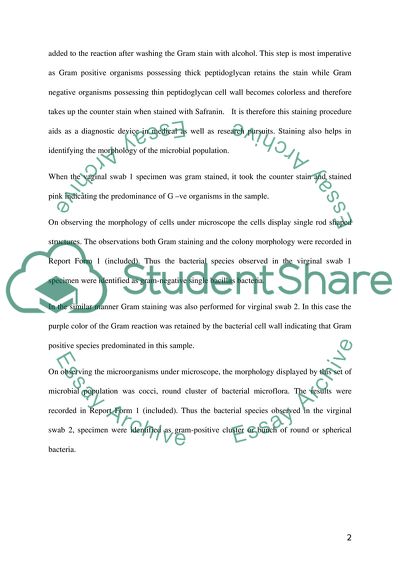Cite this document
(Identification of Microorganism Lab Report Example | Topics and Well Written Essays - 2500 words, n.d.)
Identification of Microorganism Lab Report Example | Topics and Well Written Essays - 2500 words. Retrieved from https://studentshare.org/biology/1742733-moicrobiology
Identification of Microorganism Lab Report Example | Topics and Well Written Essays - 2500 words. Retrieved from https://studentshare.org/biology/1742733-moicrobiology
(Identification of Microorganism Lab Report Example | Topics and Well Written Essays - 2500 Words)
Identification of Microorganism Lab Report Example | Topics and Well Written Essays - 2500 Words. https://studentshare.org/biology/1742733-moicrobiology.
Identification of Microorganism Lab Report Example | Topics and Well Written Essays - 2500 Words. https://studentshare.org/biology/1742733-moicrobiology.
“Identification of Microorganism Lab Report Example | Topics and Well Written Essays - 2500 Words”, n.d. https://studentshare.org/biology/1742733-moicrobiology.


